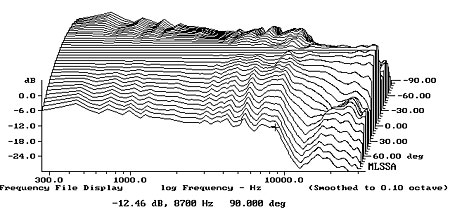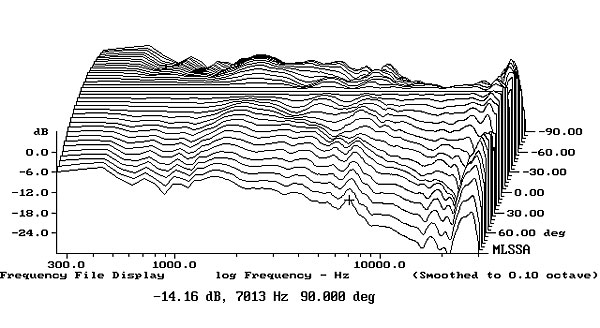- Joined
- Jan 27, 2019
- Messages
- 7,330
- Likes
- 12,290
To everybody saying that these sound great in their specific use case (jazz, rock 'n' roll, etc...), one of the points of well engineered speakers is that they sound good with everything. These would probably shatter if trying to play some Godflesh at a Godflesh suited volume.
I think I'll stay with my "toy speakers" costing toy money for toy performances.
One of the aspects I most enjoyed when I owned the Harbeths (and in auditions) was that, to me, they sounded great with every type of music. They were one of the most well-balanced speakers I heard in that respect. YMMV of course. And it will depend on how one listens. If someone demands club-level impact and volume, most consumer speakers won't suffice. That's not what I'm looking for: I just want all types of music to engage me and that was the case with the Harbeths. (I listen to "everything" - classical, jazz, hard rock, tons of electronica and dance music...)



